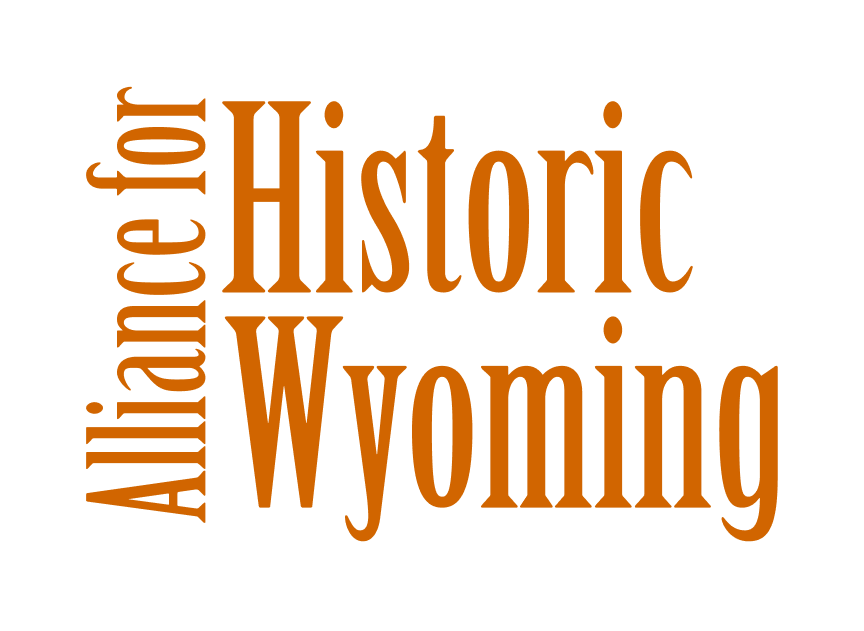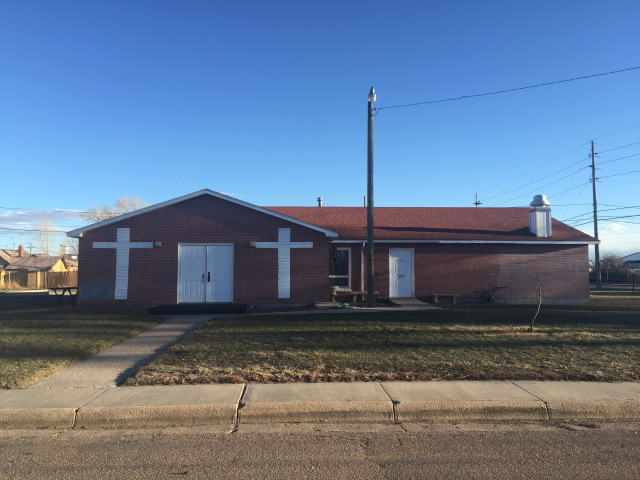By Luke Anderson
August 11, 2015
The buildings on the Love Ranch Homestead were constructed by John David Love in the late 19th and early 20th centuries. His son Dr. J. Davis Love grew up on the homestead and went on to become an important geologist in Wyoming.
The homestead features several different structures, most of which are either collapsed or currently falling down. The buildings were all built with local timber or with salvaged structures from nearby stations. The living room of the main cabin was once the dining room of the hotel at the Old Muskrat outpost. The timbers used for new construction were imported by wagon from the Wind River mountain range 100 miles from the homestead.








6 Comments
byJohn Byron Kuhner
A very rich description of life at Love Ranch can be found in John McPhee’s book Rising From the Plains.
byBarbara Love
A few corrections: The ranch was homesteaded by John Galloway Love in 1897. The family lived there until 1947. His son, John David Love became a prominent geologist in Wyoming. More information about the family and the Love ranch can be found in “Lady’s Choice: Ethel Waxham’s Journals and Letters 1905-1910” (Love and Froidevaux, University of New Mexico Press, 1993) and “Life on Muskrat Creek” (Froidevaux and Love, Lehigh University Press, 2018).
bymelroy anthony wesley
So moving to finally see a part of what John Love built. I first read John McPhee’s Rising From the Plains in 1986. I think that since then I have encouraged about two people a year to read it (and I usually give them my copy) and I think they do . The story of this family introduced me to so much: the tenacity and humility of a family who endured so much–"I think I’ll keep him" said his mother of David Love as an infant in her arms, to the bank examiner assessing the property to see what the bank could get out of it, after a series of devastating setbacks ; the brilliant devotion of that same infant become a man to a life of science removed from and undesirous of the limelight; the incredible writing of McPhee (I have one or two of his books yet to read); and the rich and engaging field of geology. In 1993, passing through Wyoming on my way home from the Grand Canyon, I spoke by phone with the family to ask if I might come to the ranch to photograph, but I respected the family’s wishes to maintain their privacy and passed on my way content, knowing I had brushed living history. Their story is unlike any other I have read: personal, palpable, forever memorable.
byFrances B. Clymer
John David Love’s son who was a geologist was not "John Davis Love." Rather, his name was also "John David Love."
byPhil Northen
My wife and I lived in a tent on the Love Ranch in the summer of 1966 while I did desert research. Dave encouraged us to stay there as a good central location for my work. I didn’t make a thorough photo documentation of it but have a number of photos that could be of interest. I was heartbroken to learn (I don’t know from whom) that the several out buildings and marvelous barn burned down.
phil.northen@sonoma.edu
byZaruhy Sangochian
Very thooughtful blog
Comments are closed.